Douglas Engelbart, 1925–2013
The computer visionary who invented the mouse
Douglas Engelbart set the computing world on fire in December 1968. Standing in a San Francisco conference hall filled with the nation’s top computer experts, he unveiled the pioneering technologies his experimental research group had been pursuing for the past decade at California’s Stanford Research Institute. Engelbart demonstrated such innovations as word processing, video conferencing, and desktop windows—13 years before the debut of the first IBM personal computer. He also showed how a mouse, which he’d invented four years earlier, could be used to control a computer. “People were amazed,” said fellow Stanford engineer William English. “In one hour, he defined the era of modern computing.”
Born in Portland, Ore., Engelbart became hooked on technology as a high school student during World War II when he heard about radar—a technology so secret that, rumor had it, the U.S. Navy kept its instruction manuals locked in a vault. “It all sounded so dramatic,” he recalled in 1986. He interrupted his studies in electrical engineering at Oregon State College to serve as a radar operator in the Philippines. After the war he finished his undergraduate degree in Oregon and then got a Ph.D. from the University of California at Berkeley before joining Stanford in 1957. At a time when computers were the size of Buicks—and most of the humans interacting with them were scientists—Engelbart foresaw that this technology could help ordinary workers cooperate better to make the most of available information, said Time.com. “Then he set about building the necessary tools to make that not only possible, but also easy.”
With the user in mind, his research team developed much of the technology that now underpins the Internet, including hypertext, which links digital files. Engelbart’s most famous invention, the mouse, was a product of necessity. After building an $80,000 monitor, he “figured he needed a device to interact with the screen,” said The Washington Post. Working with fellow engineer English, he developed a thick wooden block that rolled around on a desktop on metal wheels and connected to the computer via a cord. The device’s official name was the “X-Y Position Indicator for a Display System,” but Engelbart’s lab called it a “mouse” for its tail-like cable. “We thought that when it had escaped out to the world it would have a more dignified name,” said Engelbart. “It didn’t.”
The Week
Escape your echo chamber. Get the facts behind the news, plus analysis from multiple perspectives.

Sign up for The Week's Free Newsletters
From our morning news briefing to a weekly Good News Newsletter, get the best of The Week delivered directly to your inbox.
From our morning news briefing to a weekly Good News Newsletter, get the best of The Week delivered directly to your inbox.
Although his work inspired generations of scientists, and was later used by Microsoft’s Bill Gates and Apple’s Steve Jobs in building their computer dynasties, Engelbart never became rich or a household name, said the Los Angeles Times. He received no royalties for the mouse, which had been patented by Stanford and later licensed to Apple, and in later years struggled to get funding for his research. “He wanted to help people solve problems, and he saw the world as having very significant problems,” said technology writer and critic Howard Rheingold. “That is not something you can get a patent on, start a company, or make a fortune on.”
A free daily email with the biggest news stories of the day – and the best features from TheWeek.com
-
 ‘The menu’s other highlights smack of the surreal’
‘The menu’s other highlights smack of the surreal’Instant Opinion Opinion, comment and editorials of the day
-
 Education: More Americans say college isn’t worth it
Education: More Americans say college isn’t worth itfeature College is costly and job prospects are vanishing
-
 One great cookbook: ‘More Than Cake’
One great cookbook: ‘More Than Cake’the week recommends The power of pastry brought to inspired life
-
 R&B singer D’Angelo
R&B singer D’AngeloFeature A reclusive visionary who transformed the genre
-
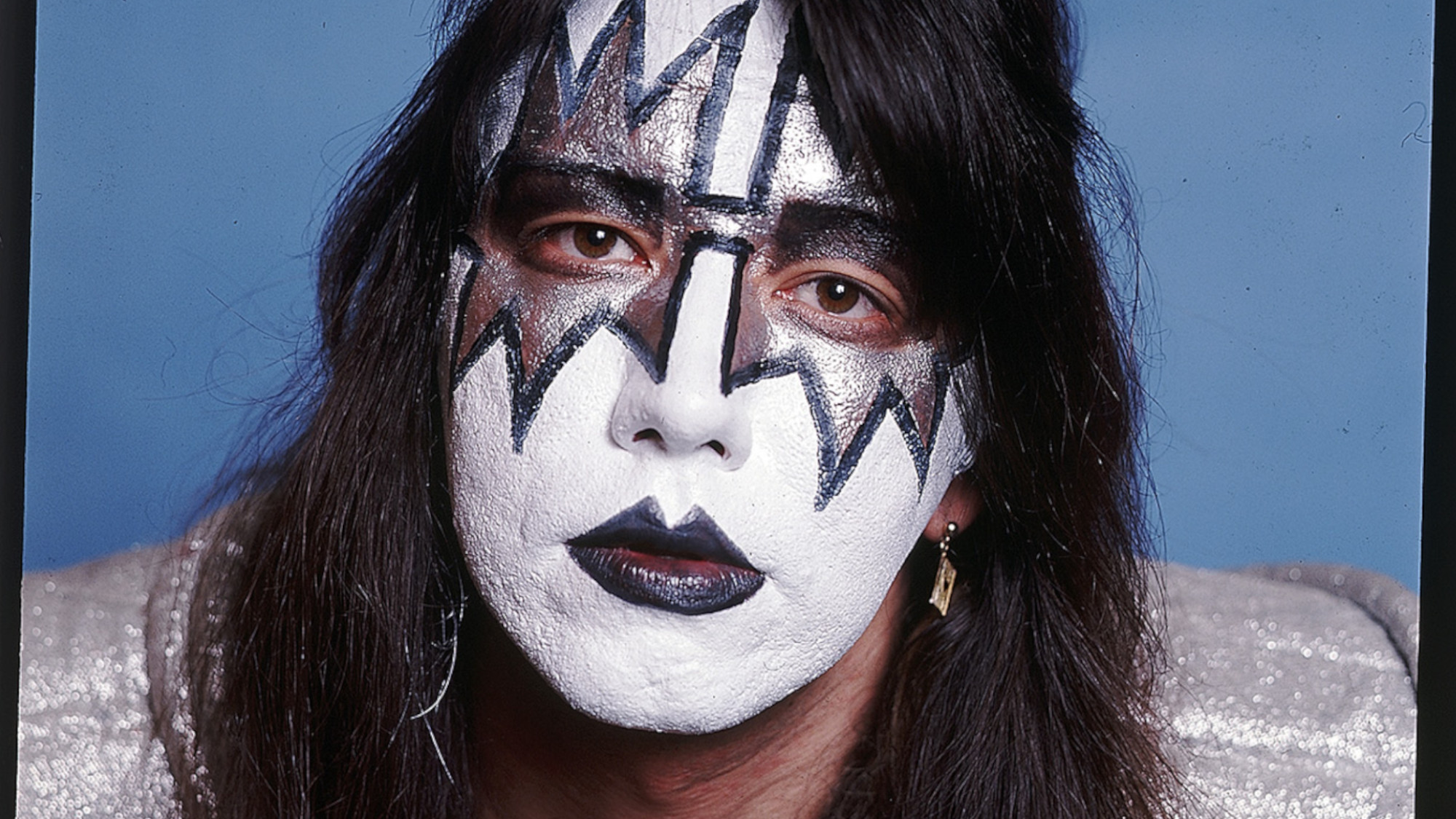 Kiss guitarist Ace Frehley
Kiss guitarist Ace FrehleyFeature The rocker who shot fireworks from his guitar
-
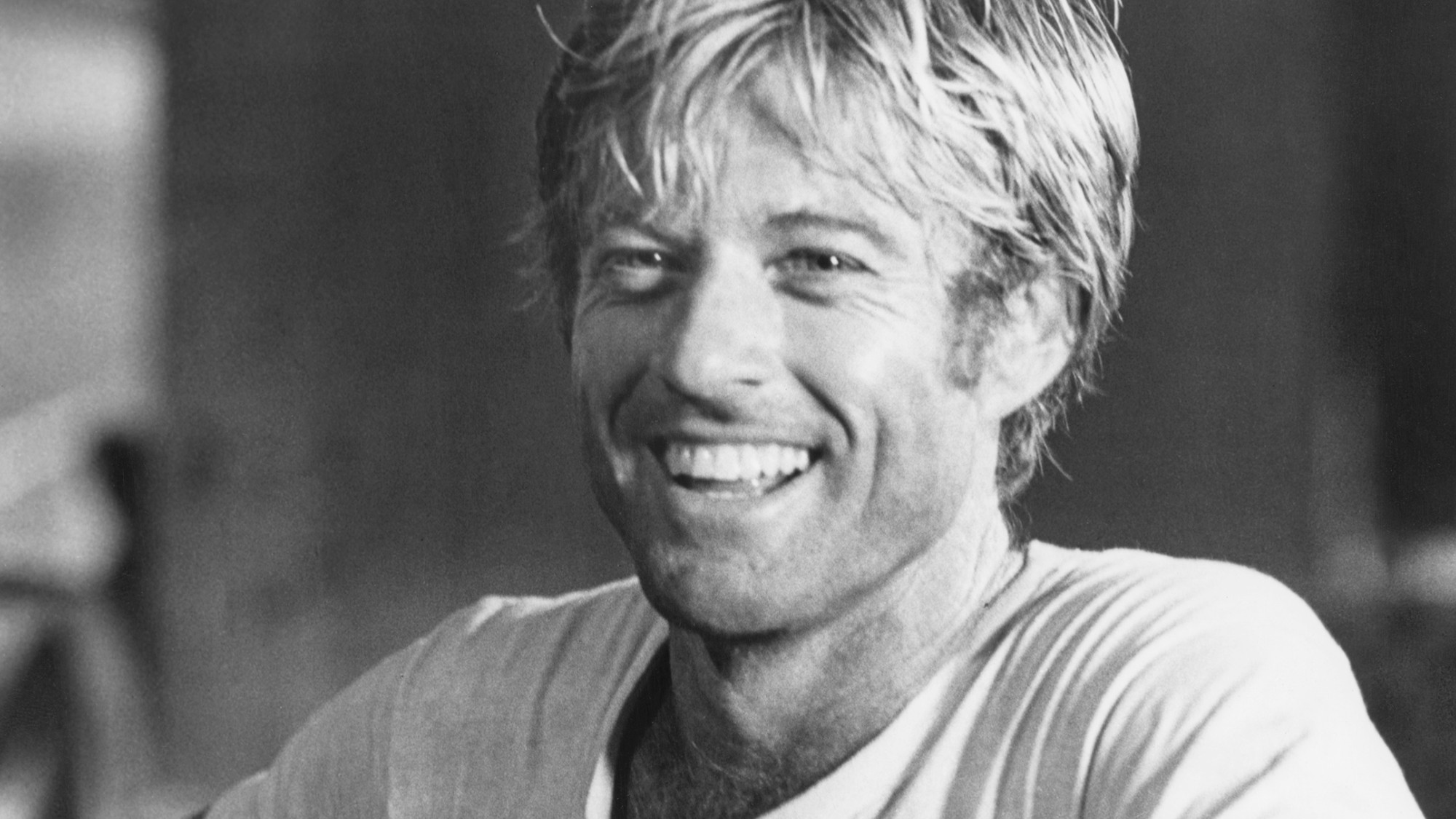 Robert Redford: the Hollywood icon who founded the Sundance Film Festival
Robert Redford: the Hollywood icon who founded the Sundance Film FestivalFeature Redford’s most lasting influence may have been as the man who ‘invigorated American independent cinema’ through Sundance
-
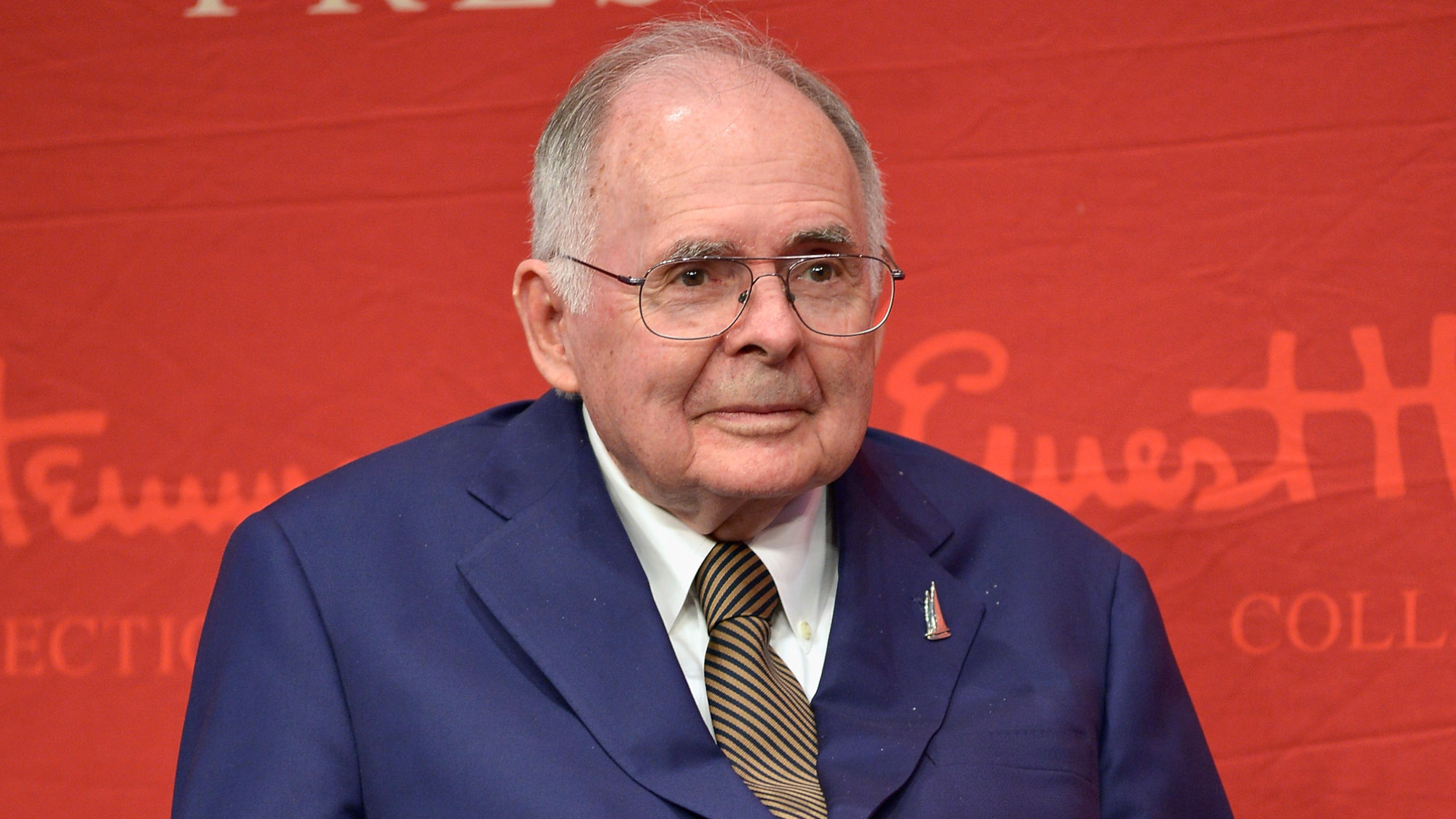 Patrick Hemingway: The Hemingway son who tended to his father’s legacy
Patrick Hemingway: The Hemingway son who tended to his father’s legacyFeature He was comfortable in the shadow of his famous father, Ernest Hemingway
-
 Giorgio Armani obituary: designer revolutionised the business of fashion
Giorgio Armani obituary: designer revolutionised the business of fashionIn the Spotlight ‘King Giorgio’ came from humble beginnings to become a titan of the fashion industry and redefine 20th-century clothing
-
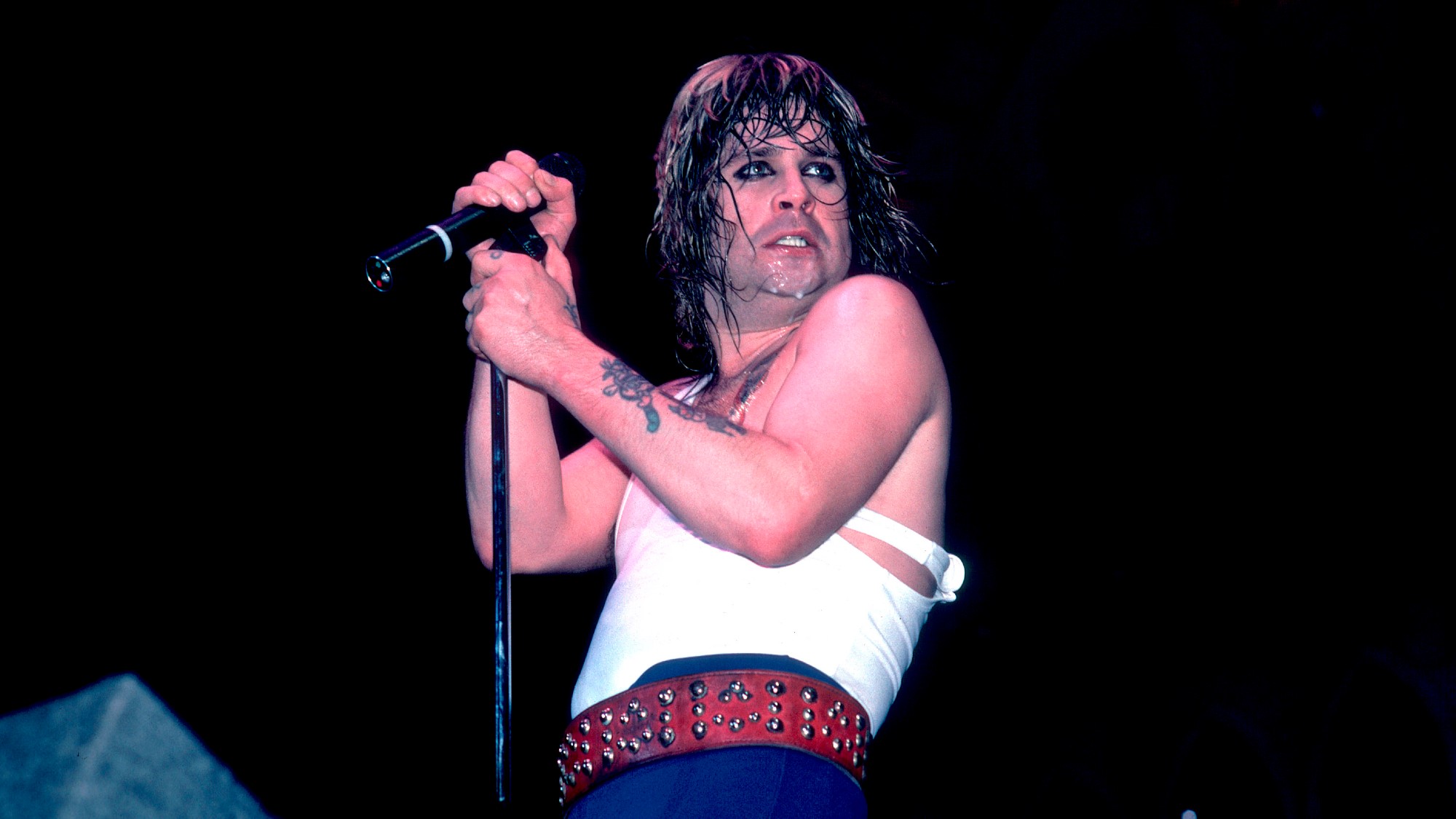 Ozzy Osbourne obituary: heavy metal wildman and lovable reality TV dad
Ozzy Osbourne obituary: heavy metal wildman and lovable reality TV dadIn the Spotlight For Osbourne, metal was 'not the music of hell but rather the music of Earth, not a fantasy but a survival guide'
-
 Brian Wilson: the troubled genius who powered the Beach Boys
Brian Wilson: the troubled genius who powered the Beach BoysFeature The musical giant passed away at 82
-
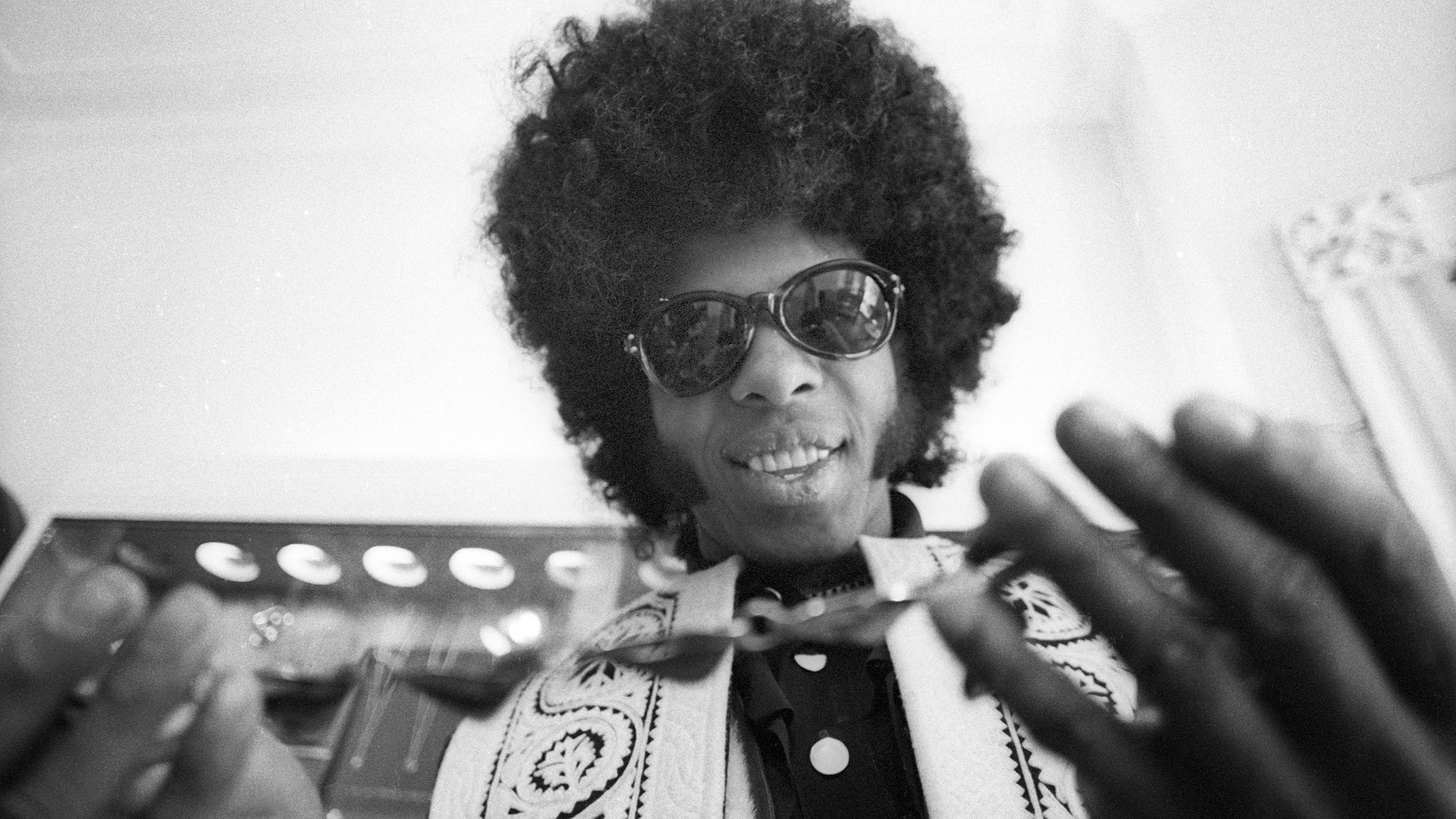 Sly Stone: The funk-rock visionary who became an addict and recluse
Sly Stone: The funk-rock visionary who became an addict and recluseFeature Stone, an eccentric whose songs of uplift were tempered by darker themes of struggle and disillusionment, had a fall as steep as his rise